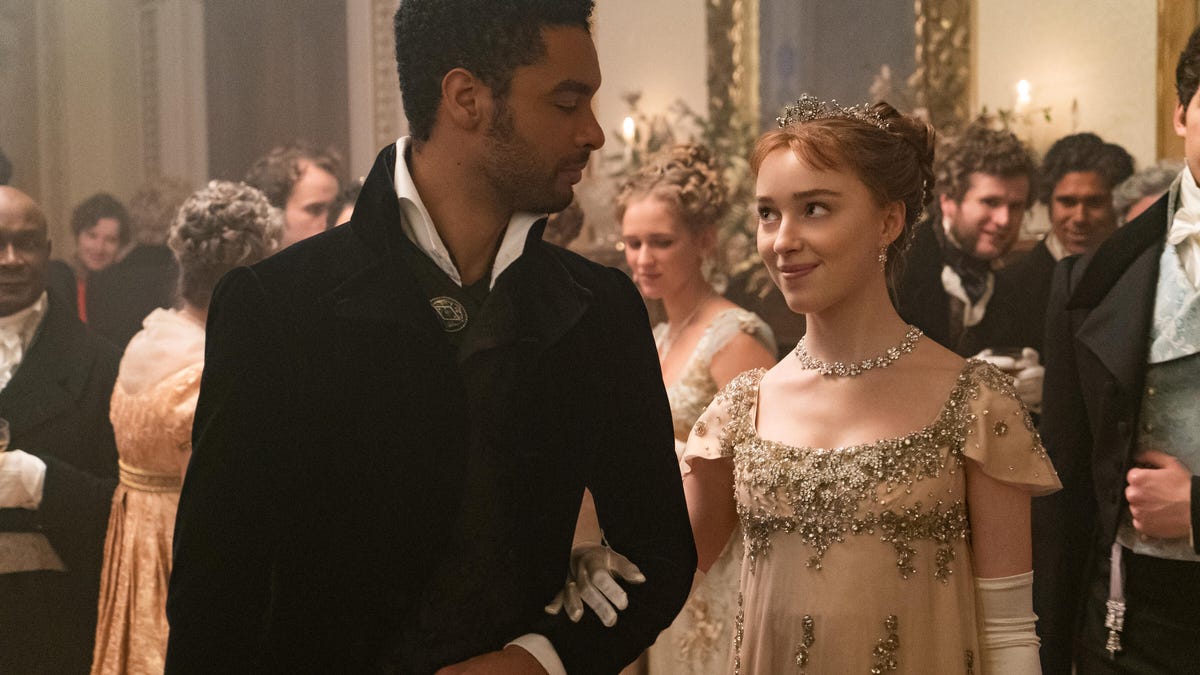Netflix's diversity on screen and behind camera is getting better -- but not for all
Netflix is committing $100 million to a fund to help funnel in more talent from underrepresented groups.

Netflix has improved representation of Black characters in its US scripted films and shows, but representation of other groups has a long way to go, an academic study said. Bridgerton, which features Black cast members in a period setting normally reserved for white actors, didn't factor into the latest study because of the recency of its release.
Netflix has improved its diversity, both in terms of characters in its scripted programs and people working behind the camera on those projects, but some groups remain underrepresented, says an academic study released Friday.
Netflix, the world's biggest subscription streaming service of its kind, with more than 200 million members, commissioned the report itself. The study examined Netflix's own English-language series and films that originated in the US over the two years from January 2018 to December 2019. As it released the study publicly, Netflix also said it would dedicate $100 million to a fund aimed at improving its hiring of talent from underrepresented groups.
More streaming advice
- 10 Ways to Save Money on Streaming
- How to Cut the Cable TV Cord in 2023
- See More at Streaming TV Insider
The study found that Netflix has made progress for women on screen and behind the scenes, for Black casts and creators, and for women of color in leading and main cast roles.
But other ethnic and racial groups haven't seen their inclusion improve nearly as much, such as the Hispanic/Latino, Middle Eastern/North African, American Indian/Alaskan Native and Native Hawaiian/Pacific Islander communities. At least half the films and series on Netflix measured by the study failed to feature a single character from these groups in 2018 or 2019.
And the study found that Netflix's representation of the LGBTQ community and people with disabilities still lags behind their levels in the US population.
The study, led by Stacy L. Smith as part of the USC Annenberg Inclusion Initiative, is available to read in full, and an executive summary breaks down some of its key findings.

